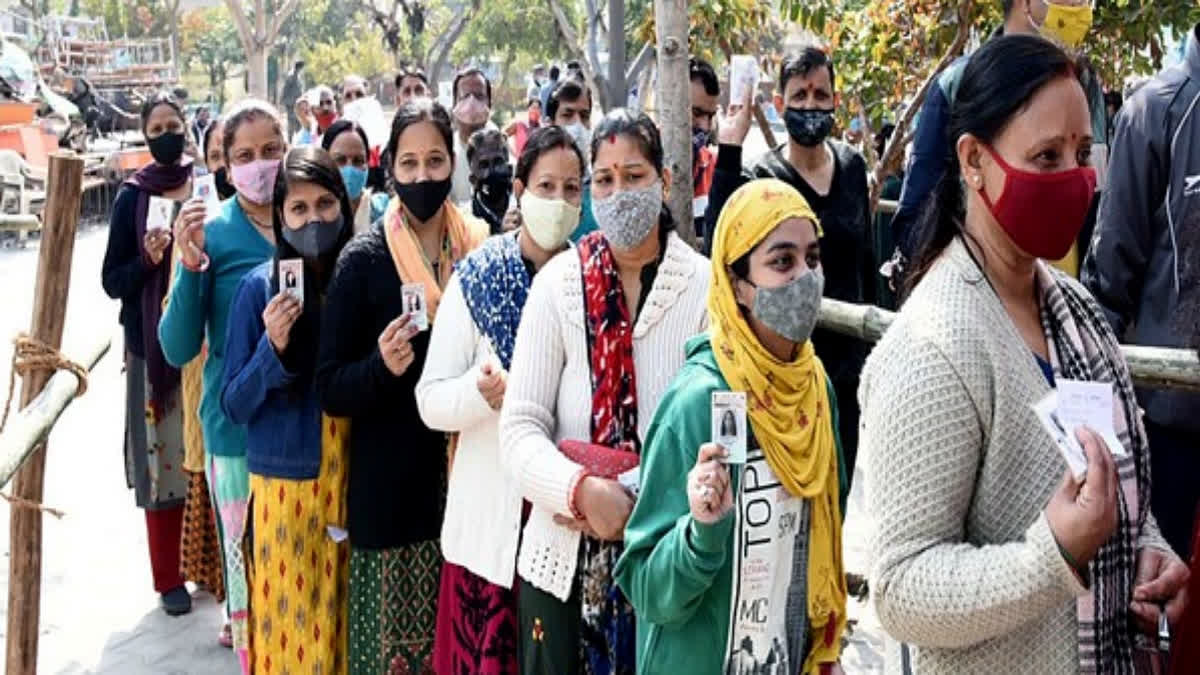Hyderabad: The male dominance in Karnataka's politics has shown an appalling increase over the past seven decades, despite the state having a more than average sex ratio of 973 females per 1000 males compared to other Indian states. Though the participation of women in the state elections -- both as candidates and voters -- has seen exponential growth in almost all sections of Karnataka, their representation as ministers in power has seen an alarming dip.
As per the Election Commission of India's statistical record, the number of women candidates who contested and got elected in the state polls from 1952 to 2018 shows a conspicuous inverse proportion between the two sections. According to the data, only four women contested the state polls in 1952 and three of them got elected, amounting to a 75% acceptance rate for women candidates.
While the number of women contestants increases with minor fluctuations over the next few years in the given data, the number of elected ones among them goes considerably down. The acceptance rate undergoes a gradual downgrade from 54% in the 1957 elections, followed by a slight improvement with 60% in the 1962 and 1967 elections, and then a drastic drop to 35% in the 1972 elections, which further drops to 25% in 1978 polls and barely comes up in the following years. By 2018, the acceptance rate sees a feeble figure of 3.62%, with merely 8 of the 221 women contestants coming to power in the state.
Interestingly, women's participation in the election is, however, inversely proportional to their representation. The pattern observed in the polling percentage of women voters in the state has a twisted story to tell. As per the data on record, about 52% of women who were registered as voters showed up for voting during the 1962 and 1967 Assembly elections in the state. The percentage then shows a slow and steady spike after a small dip of 56% in 1972, followed by an average of 63% of polling percentage over the next few years. By 2018, the number reaches a whopping 71% as compared to a mere 3.62% of the women candidates getting elected in the state.
Conclusively, though the women in Karnataka have actively come forward both as voters and contestants since the very start of the polling process several years ago, they have barely succeeded in getting into positions of power in the state.



